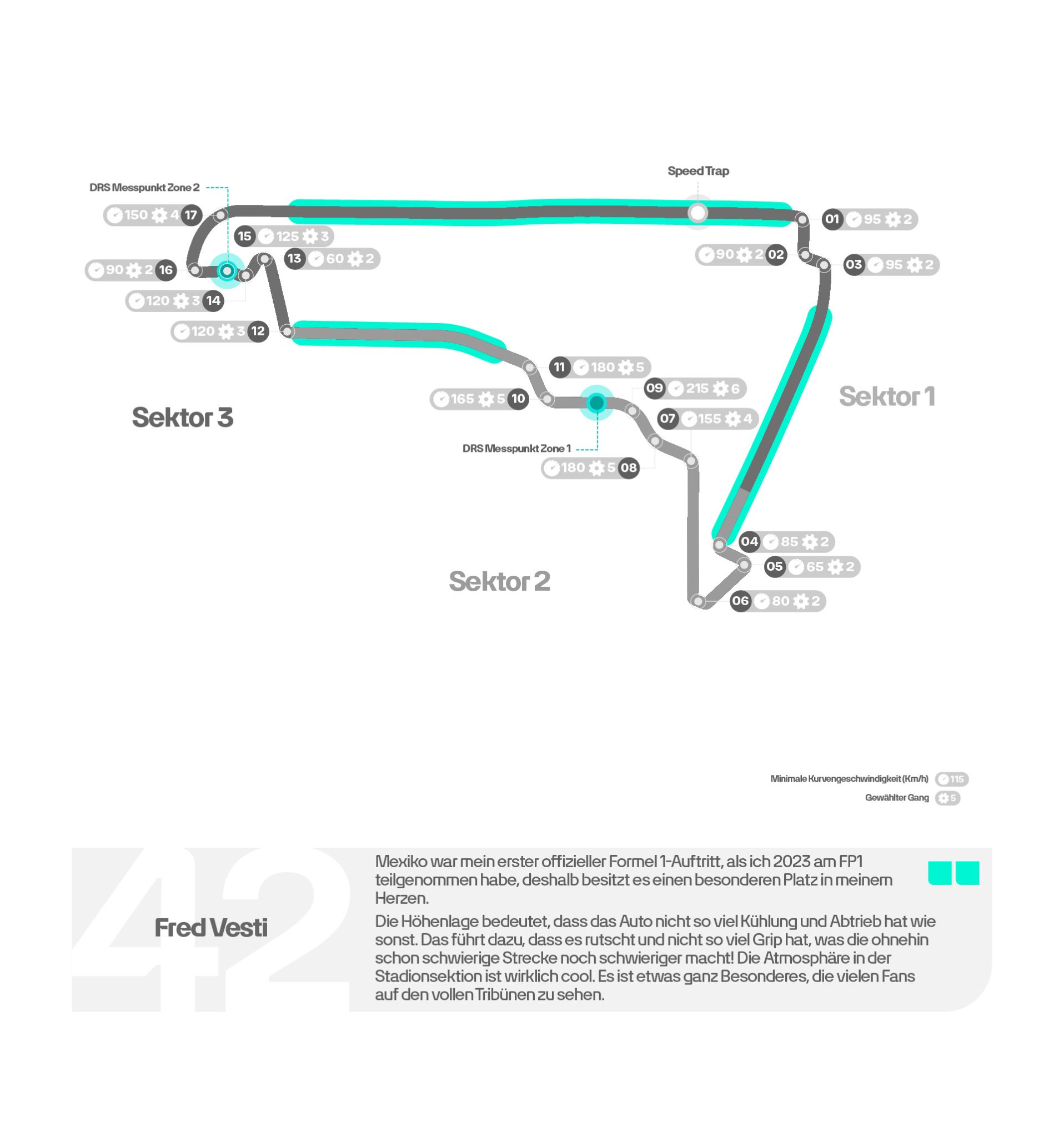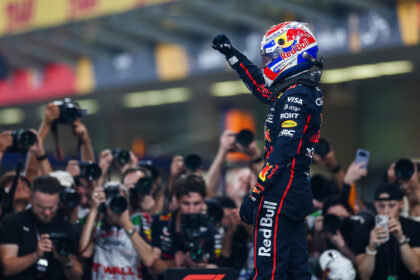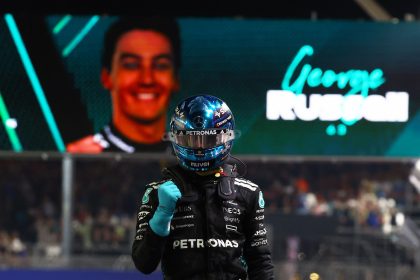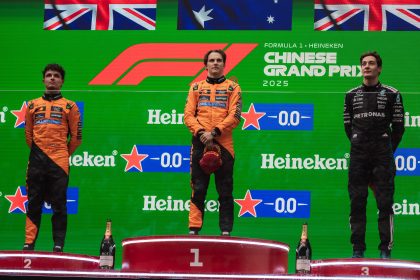The Thin Air Ballet: Mastering the Maze of Autódromo Hermanos Rodríguez
If you want to know what it feels like to wrestle a Formula 1 car through the rarefied air of Mexico City, imagine sprinting a marathon while holding your breath, then being asked to solve a Rubik’s Cube at 300 km/h. Welcome to the Autódromo Hermanos Rodríguez, where the air is thin, the corners are unforgiving, and only the truly adaptable survive. This is not just another stop on the calendar; it’s a technical crucible that has humbled champions and elevated the brave. Let’s take a walk—no, a gasp—through the secrets of mastering this high-altitude beast.
- Altitude Sickness: The Invisible Rival
- The Layout: A Track of Two Tempers
- The Corners That Bite
- The Peraltada: Ghosts of the Past
- Turns 9-11: The Fast Flick
- The Stadium Section: Where Heroes Are Made
- Engineering the Impossible: How Teams Adapt
- Historical Highs and Lows: The Circuit’s Storied Past
- The Modern Challenge: 2025 and Beyond
- Waste a Bit More Time
Altitude Sickness: The Invisible Rival
The first thing you notice at the Autódromo Hermanos Rodríguez isn’t the roar of engines or the sea of Mexican flags—it’s the air, or rather, the lack of it. At over 2,200 meters above sea level, the circuit sits higher than any other on the F1 calendar. The consequences are profound and, for the uninitiated, brutal.
Reduced air density means less downforce, less cooling, and less oxygen for both man and machine. As one recent analysis put it,
The thin air of Mexico City limits oxygen intake, which reduces engine combustion efficiency and overall power output. Turbocharged engines fare better than naturally aspirated units but still require careful tuning. Aerodynamics are also affected, as lower air pressure decreases downforce, making cars slightly harder to control in high-speed corners.
Source: Newspointapp
Drivers, meanwhile, face increased physical strain. Their hearts pound faster, their muscles tire sooner, and their concentration is tested to the limit.
If you are confident on braking here, it’s usually a good weekend for you. Turn 1 down, Turn 4 as well, there’s a lot of time to gain. And it’s very tricky, actually, because you are at such high speed with very low downforce that can make your lap gone in a second.
Esteban Ocon
Source: NY Times
The Layout: A Track of Two Tempers
The Autódromo Hermanos Rodríguez is a circuit of contrasts. It’s a 4.304 km ribbon of tarmac that combines one of the longest straights in Formula 1 with a labyrinth of technical corners. The main straight stretches for 1.2 km, inviting top speeds of over 350 km/h—if your engine can breathe, that is. But the real test comes in the corners, where the lack of downforce turns every turn into a potential disaster.
Sector 1: The Braking Gauntlet
The lap begins with a drag race down the main straight, followed by a brutal braking zone into Turn 1. This is one of the longest braking zones in F1, and with less downforce, locking up is a constant threat. The sequence of Turns 1, 2, and 3 is tight and technical, demanding precision and nerve.
So… 3/4 mile straightaway… into a 90° right hander. Yeah, this should go about as well as you’d expect.
Facebook Fan
Source: Facebook
Sector 2: The Rhythm Section
After the initial melee, drivers face a series of medium-speed corners—Turns 4 through 11—that test car balance and driver finesse. The fast left-right of Turns 8 and 9, taken nearly flat, is a particular highlight. But with less grip, the margin for error is razor-thin. Teams run maximum downforce, but it’s never enough.
Smooth steering inputs and bumping over the kerbs are crucial for car stability. Stay steady on the throttle and avoid running wide to keep your momentum.
Sector Guide
Source: Lewyslinks
Sector 3: The Stadium and the Sting
Then comes the stadium section—Turns 12 through 16—a slow, technical maze that winds through the old Foro Sol baseball stadium. Here, the crowd is so close you can hear the cheers over the engine. The corners are tight, the grip is low, and the pressure is immense. The final double right-handers (Turns 16 and 17) demand a perfect exit onto the main straight, or you’ll be a sitting duck for the DRS-enabled pack behind.
The Corners That Bite
Let’s talk about the corners that have made and broken legends.
The Peraltada: Ghosts of the Past
Before 2015, the Peraltada was the stuff of nightmares—a long, fast, banked right-hander with minimal runoff. It demanded absolute commitment. Ayrton Senna’s crash here in 1991, after hitting a bump and flipping his car, is the stuff of legend. He walked away, but the message was clear: this corner took no prisoners. Today, the Peraltada is bisected, with the track winding through the stadium for safety, but its ghost still haunts the circuit.
Turns 9-11: The Fast Flick
This sequence of fast left-handers is a modern test of bravery. With less downforce, the car feels light and nervous. Drivers must be precise, or risk sliding off into the barriers. Teams focus on maximizing mechanical grip, but the laws of physics are not easily cheated at 2,200 meters.
The Stadium Section: Where Heroes Are Made
The slow, technical corners of the stadium section are a world apart from the high-speed chaos elsewhere. Here, it’s all about patience, throttle control, and not letting the crowd—or the pressure—get to you.
It’s the weekend that you want to be perfect, the weekend that you want to maximize your result. And if there’s one particular grand prix that you want to win, it’s your home Grand Prix.
Sergio Pérez
Source: NY Times
Engineering the Impossible: How Teams Adapt
The technical challenge of Mexico is unlike any other. Teams must find a compromise between straight-line speed and cornering grip, all while keeping engines and brakes cool in the thin air.
- Aerodynamics: Maximum wing angles are the norm, but even then, downforce is lacking.
- Cooling: Special attention is paid to radiators and brake ducts, as overheating is a constant threat.
- Tire Management: The circuit is hard on tires, especially in the fast corners. Teams focus on minimizing degradation.
- Car Balance: The setup is a delicate dance—too much wing and you’re slow on the straight; too little and you’re sliding through the corners.
It’s a technical track where the drivers always feel like you have to under-drive a bit. If you want to push too much, you very quickly pay a price, and you lose more than you gain.
Nico Hülkenberg
Source: NY Times
Historical Highs and Lows: The Circuit’s Storied Past
The Autódromo Hermanos Rodríguez has seen it all—tragedy, triumph, and transformation.
- 1964: The first official F1 World Championship race.
- 1967: Denny Hulme secures his only World Championship here.
- 1991: Ayrton Senna’s infamous crash at the Peraltada.
- 2015: F1 returns with a new, safer layout.
- 2017 & 2018: Lewis Hamilton clinches world titles in Mexico.
- 2021: Sergio Pérez becomes the first Mexican to stand on the podium at his home race.
| Year(s) | Event/Record/Incident |
|---|---|
| 1964 | First official F1 World Championship race |
| 1967 | Denny Hulme wins title |
| 1991 | Ayrton Senna’s crash at Peraltada |
| 1992 | Last race before long hiatus |
| 2015 | Return to F1 calendar with new layout |
| 2017, 2018 | Lewis Hamilton clinches world titles |
| 2021 | Sergio Pérez podiums at home |
The Modern Challenge: 2025 and Beyond
In 2025, the circuit remains as demanding as ever. The pole lap in 2024 was a blistering 1:15.946 by Carlos Sainz, a testament to the relentless pursuit of perfection required here.
Source: Lewyslinks
Every year, teams arrive with new solutions, new hopes, and new fears. The high altitude continues to test the limits of technology and human endurance.
Success in Mexico City requires meticulous preparation, precise execution, and the ability to adapt to challenging high-altitude conditions. Every year, the Grand Prix proves that mastering these unique demands is as important as raw speed, making it a standout event in the world of Formula One.
Source: Newspointapp
Waste a Bit More Time
If you’re still hungry for more, here are some links to keep you entertained (and perhaps a little more informed):
- Mexico F1 24: Sector-by-Sector Track Guide – Lewyslinks
- Mexico City GP circuit breakdown: F1’s highest altitude affects everything – NY Times
- Mexico Grand Prix High-Altitude Challenge & Its Impact On Cars And Drivers
- Mexico GP Track Guide – Discover Autódromo Hermanos Rodríguez! (YouTube)
- Meet the Track Layout dor Autódromo Hermano Rodríguez Graphic (Facebook)











